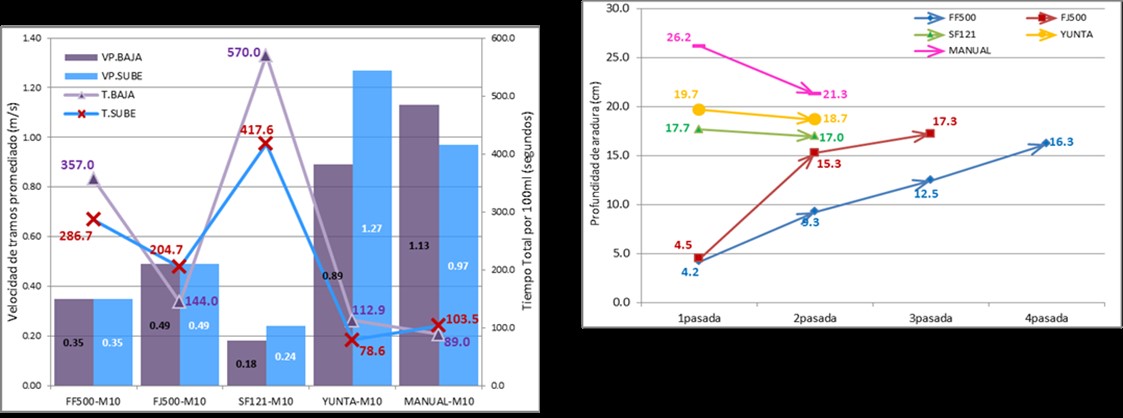Costos y rendimientos en la labranza convencional y mecanizada de la agricultura familiar en la comunidad campesina Barrio Bajo de Matucana.
DOI:
https://doi.org/10.33017/RevECIPeru2015.0021/Keywords:
Family farming, manual tools, cultivators, mechanization, costs, performanceAbstract
In tillage of family farming in the Peruvian highlands conventionally hand tools (yoke and barreta) are used. Currently, the costs and the work performance of conventional and mechanized farming are not certain. Consequently, this research seeks to determine how much are the costs and work performance which the family farmer invests; at the same time, how adaptable is the mechanization to their needs. It was verified quantitatively that tillage has higher costs and lower returns than mechanical tillage, the latter is also adaptable to the needs of family farmers in the Peruvian highlands. For this, the road access to the land and farming was evaluated, in each one (plots on hillsides, terraces and platforms) with each type of implement (yoke, barreta and cultivators), both times, lengths, effort and tilled soil quality. The evaluations were performed was in the peasant community of Barrio Bajo Matucana from July 2,014 to January 2,015. It was determined that the farmer invests on conventional tillage about S/. 1,300 per hectare yields about 440 square meters per day, while the mechanized way is about S/.700 per hectare and 990 square meters per day. Mechanical tillage benefits the family farmer for its lower cost and higher yields, as well as covering their needs. However, there is still evaluating (mechanized) with other implements to cover other stages of agricultural production.


